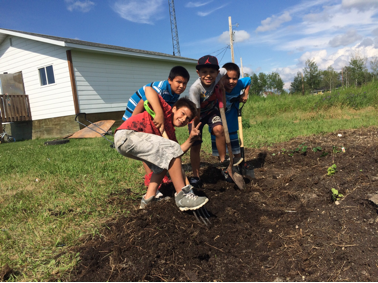2016, Calgary, Alberta, Canada
In 2016, Melanie McCready and Emme Larkins of St. James School in Calgary, AB placed second 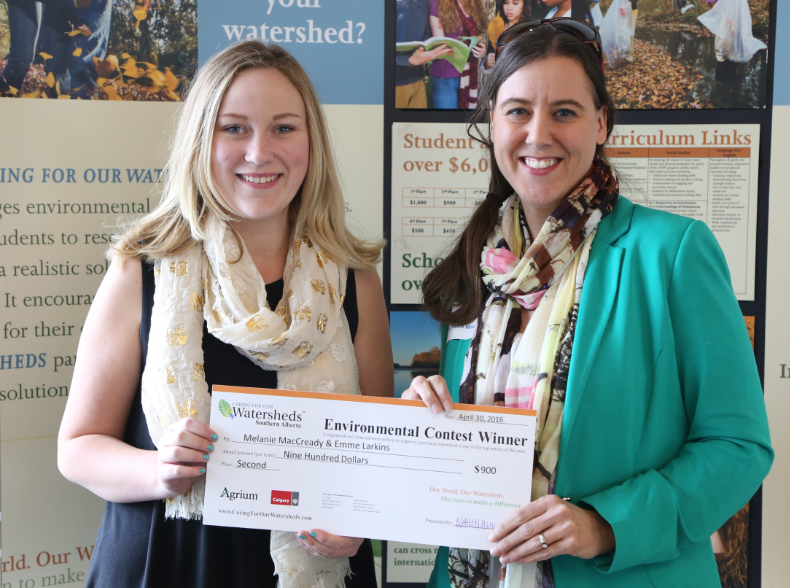 in the 2016 CFOW contest, with their project “St. James Outdoor Classroom”.
in the 2016 CFOW contest, with their project “St. James Outdoor Classroom”.
While working with the school Ecoclub, Melanie and Emme realized that there were very few places for students to connect with nature and for teachers to provide learning opportunities in an outdoor environment. In an effort to solve this issue and help the watershed at the same time, Melanie and Emme worked with the Ecoclub to design an outdoor learning space. This learning space includes native plants trees and shrubs. Not only do these plants increase biodiversity in our watershed, they are also essential to many pollinators such as bees, hummingbirds and birds.
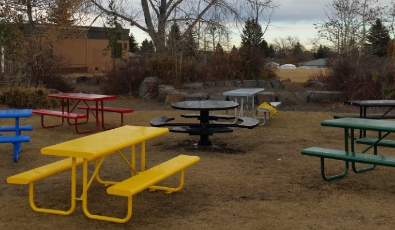 There have been picnic tables, garbage cans and recycling bins installed in the natural learning area, with plans to expand and continue to develop the area with additional natural features in the future. Research has shown that teaching outdoors makes educators more confident and enthusiastic about their work, and more innovative in their teaching strategies. By extension, schools benefit from the leadership and influence of their teachers who take students outside. Studies indicate that students that are given the opportunity to learn in a natural setting often score higher on tests, experience less anxiety and have more confidence.
There have been picnic tables, garbage cans and recycling bins installed in the natural learning area, with plans to expand and continue to develop the area with additional natural features in the future. Research has shown that teaching outdoors makes educators more confident and enthusiastic about their work, and more innovative in their teaching strategies. By extension, schools benefit from the leadership and influence of their teachers who take students outside. Studies indicate that students that are given the opportunity to learn in a natural setting often score higher on tests, experience less anxiety and have more confidence.
As the St. James Outdoor Classroom continues to evolve, students will share watershed information with their peers and educate them as to the benefits of learning in nature and natural spaces in an urban environment.
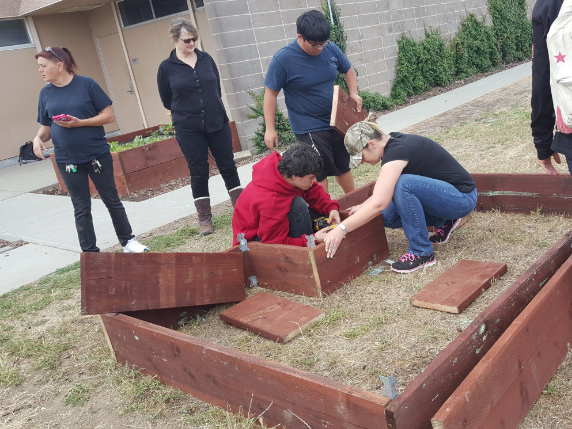
 new tree in the area, protecting it with a planter wall, and reseeding the remaining bare areas. The plantings would stabilize the bare soil and reduce sediment delivery to nearby waterways. Of course, the tree planting would also provide shade to the kids playing in the yard at recess and outdoor learning activities. Sandra organized special teams of kindergartners and their 6th grade “buddies” to help with site preparation and planting. After the planting, she organized “work parties” with school parents to build the planter wall and finish the remaining work. Nutrien project funding helped to buy supplies, soil, plants, and seeds for the project, which will benefit both the environment and the school community for generations to come.
new tree in the area, protecting it with a planter wall, and reseeding the remaining bare areas. The plantings would stabilize the bare soil and reduce sediment delivery to nearby waterways. Of course, the tree planting would also provide shade to the kids playing in the yard at recess and outdoor learning activities. Sandra organized special teams of kindergartners and their 6th grade “buddies” to help with site preparation and planting. After the planting, she organized “work parties” with school parents to build the planter wall and finish the remaining work. Nutrien project funding helped to buy supplies, soil, plants, and seeds for the project, which will benefit both the environment and the school community for generations to come. in the 2016 CFOW contest, with their project “St. James Outdoor Classroom”.
in the 2016 CFOW contest, with their project “St. James Outdoor Classroom”. There have been picnic tables, garbage cans and recycling bins installed in the natural learning area, with plans to expand and continue to develop the area with additional natural features in the future. Research has shown that teaching outdoors makes educators more confident and enthusiastic about their work, and more innovative in their teaching strategies. By extension, schools benefit from the leadership and influence of their teachers who take students outside. Studies indicate that students that are given the opportunity to learn in a natural setting often score higher on tests, experience less anxiety and have more confidence.
There have been picnic tables, garbage cans and recycling bins installed in the natural learning area, with plans to expand and continue to develop the area with additional natural features in the future. Research has shown that teaching outdoors makes educators more confident and enthusiastic about their work, and more innovative in their teaching strategies. By extension, schools benefit from the leadership and influence of their teachers who take students outside. Studies indicate that students that are given the opportunity to learn in a natural setting often score higher on tests, experience less anxiety and have more confidence.
 “Microplastics, Macroproblem”. Madeline was concerned about the amount of microbeads and microplastics in consumer products and the impact this is having on our watershed.
“Microplastics, Macroproblem”. Madeline was concerned about the amount of microbeads and microplastics in consumer products and the impact this is having on our watershed.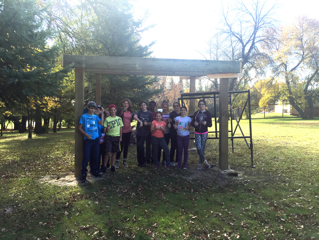 have poor agricultural capabilities and much of the Southern portion of the Cypress River Watershed is considered moderately to severely at risk of soil and bank erosion.
have poor agricultural capabilities and much of the Southern portion of the Cypress River Watershed is considered moderately to severely at risk of soil and bank erosion.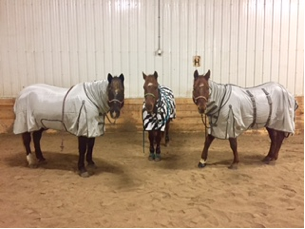
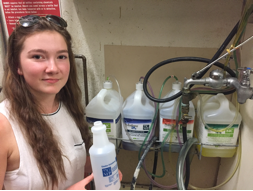
 with, I have done the necessary research and I have determined the cost and quantity that my school would need for cleaning. By changing into an eco-friendly product our watershed will benefit and the water quality will improve because there is less chemicals flowing into the watershed.”
with, I have done the necessary research and I have determined the cost and quantity that my school would need for cleaning. By changing into an eco-friendly product our watershed will benefit and the water quality will improve because there is less chemicals flowing into the watershed.”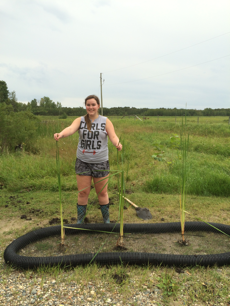
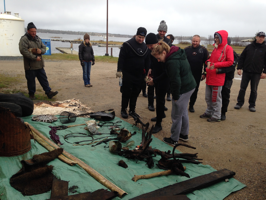
 community. The marine life will have more areas to lay eggs, less debris on the lake floor, and have more plant life for the fish to feed on.”
community. The marine life will have more areas to lay eggs, less debris on the lake floor, and have more plant life for the fish to feed on.”